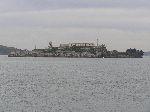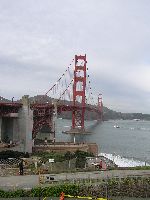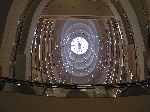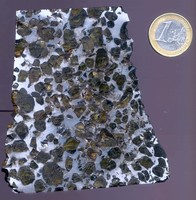NEW PUBLICATION IN SCIENCE
The bulk of the comet 81P/Wild 2 (hereafter Wild 2) samples returned to Earth by the Stardust spacecraft appear to be weakly constructed mixtures of nanometer-scale grains, with occasional much larger (over 1 micrometer) ferromagnesian silicates, Fe-Ni sulfides, Fe-Ni metal, and accessory phases. The very wide range of olivine and low-Ca pyroxene compositions in comet Wild 2 requires a wide range of formation conditions, probably reflecting very different formation locations in the protoplanetary disk. The restricted compositional ranges of Fe-Ni sulfides, the wide range for silicates, and the absence of hydrous phases indicate that comet Wild 2 experienced little or no aqueous alteration. Less abundant Wild 2 materials include a refractory particle, whose presence appears to require radial transport in the early protoplanetary disk.









